Description
| Assay | >99.0% |
| Heavy Metals | .0.005% |
| Insoluble Matters | 0.01% |
| Iron | .0.003% |
| Other Halogen (Cl) | 0.01% |
| Residue after Ignition | 0.01% |
| Sulfate | 0.01% |
Used as a Fixative: Issidorides, M.R., and Kasorchis, T. (1981). Dispersed and compact chromatin demonstrated with a new EM Method: phosphotungstic acid-hematoxylin block-staining. Histochemistry 73,21. Used widely as a Negative Stain: – As Spray method: Horne, R.W., and Pasquali-Ronchette, I. (1974). A negative staining-carbon film technique for studying viruses in the electron microscope. – Preparation procedures for examining icosahedral and filamentous viruses. J. Ultrastruct. Res. 47, 361. Locke, M., and Kirhman, N. (1971). – Hot Alcoholic phosphotungstic acid and uranyl acetate as routine stains for thick and thin sections. J. Cell Biol., 50, 550., Farragiana, T., and Marinozzi, V. (1979). – Phosphotungstic acid staining of polysaccharides containing structures on epoxy embedded tissues. J. Submicrosc. Cytol. 11, 263.Bloom, E.E., And Aghajanian, G.K. (1968). – Fine structural and cytochemical analysis of the staining of synaptic junctions with PTA. J. Ultrastruct. Res. 22, 261.
Temperature : RT
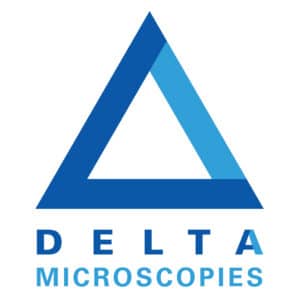
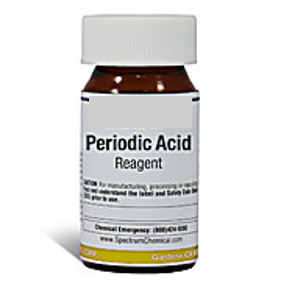

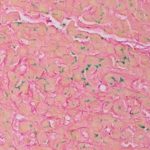

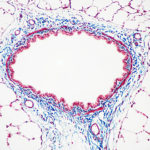
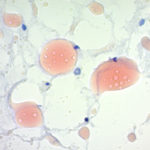
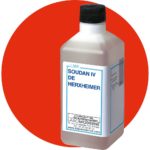

Reviews
There are no reviews yet.